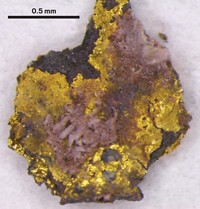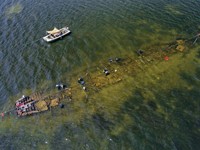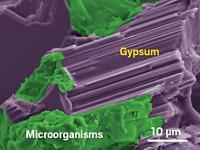Advertisement
Grab your lab coat. Let's get started
Welcome!
Welcome!
Create an account below to get 6 C&EN articles per month, receive newsletters and more - all free.
It seems this is your first time logging in online. Please enter the following information to continue.
As an ACS member you automatically get access to this site. All we need is few more details to create your reading experience.
Not you? Sign in with a different account.
Not you? Sign in with a different account.
ERROR 1
ERROR 1
ERROR 2
ERROR 2
ERROR 2
ERROR 2
ERROR 2
Password and Confirm password must match.
If you have an ACS member number, please enter it here so we can link this account to your membership. (optional)
ERROR 2
ACS values your privacy. By submitting your information, you are gaining access to C&EN and subscribing to our weekly newsletter. We use the information you provide to make your reading experience better, and we will never sell your data to third party members.
Biochemistry
Helium ion microscopy reveals mysteries of spiky bacterial filaments
Iron-oxidizing bacteria make organic scaffold that accumulates iron minerals
by Deirdre Lockwood, special to C&EN
April 29, 2018
| A version of this story appeared in
Volume 96, Issue 18
Some iron-oxidizing bacteria make organic-mineral filaments that extend from their surfaces. But how they are formed remains a puzzle. Now, using helium ion microscopy (HIM), James M. Byrne of the University of Tübingen and his colleagues have captured these stalks forming in unprecedented detail (Environ. Sci. Technol. Lett. 2018, DOI: 10.1021/acs.estlett.8b00077). Previous imaging efforts used scanning electron microscopy, but this technique has inferior resolution and in this context requires coatings that distort the structures being studied. The group cultured bacteria isolated from low-oxygen sediments in a Denmark bay and analyzed the samples with HIM over a month to document how the structures changed. First, spiral-shaped stalks formed. Eventually, mineral crystals coated the spirals so heavily that their shapes were no longer discernible. “It really blew my mind when we started to see these objects forming,” Byrne says. The spirals were mostly organic, whereas the mineral deposits were lepidocrocite, an iron oxide-hydroxide mineral, elemental analysis showed. Some researchers think the structures sequester toxic, dissolved iron(II) in the environment as insoluble iron(III), protecting the microbes. More work may solve that mystery, too.





Join the conversation
Contact the reporter
Submit a Letter to the Editor for publication
Engage with us on Twitter